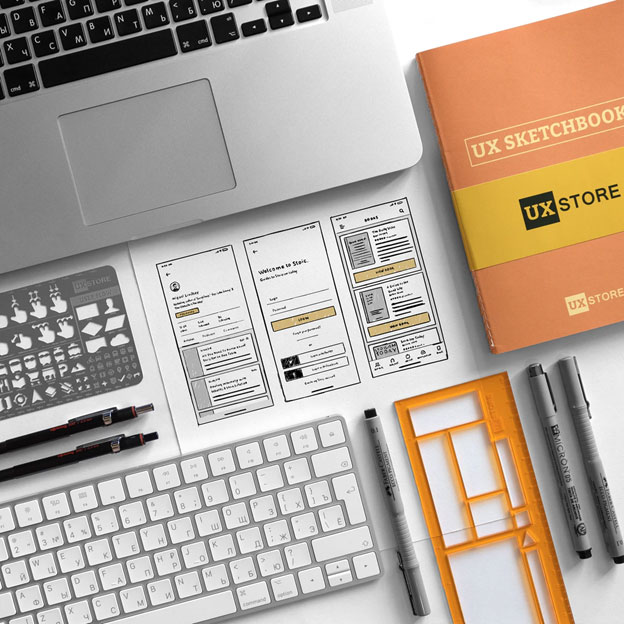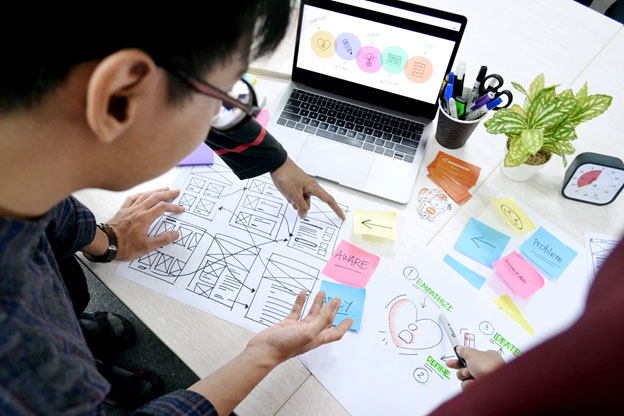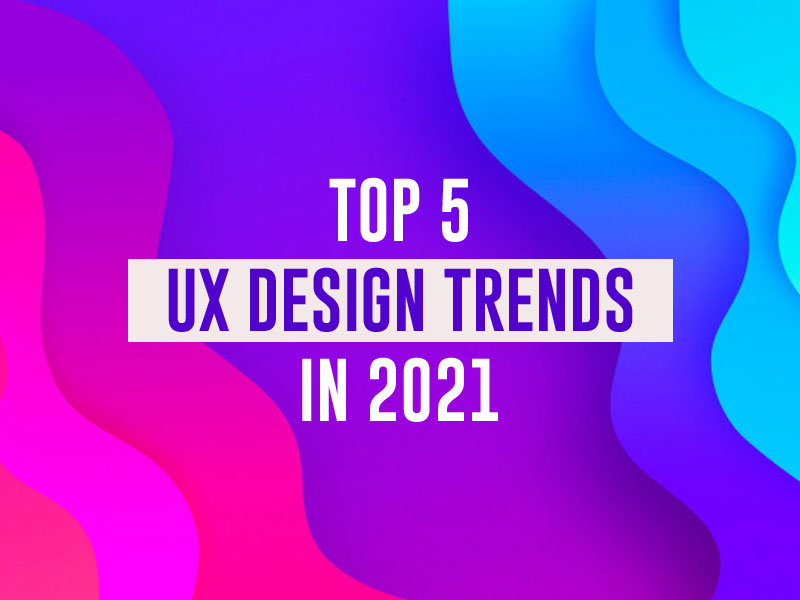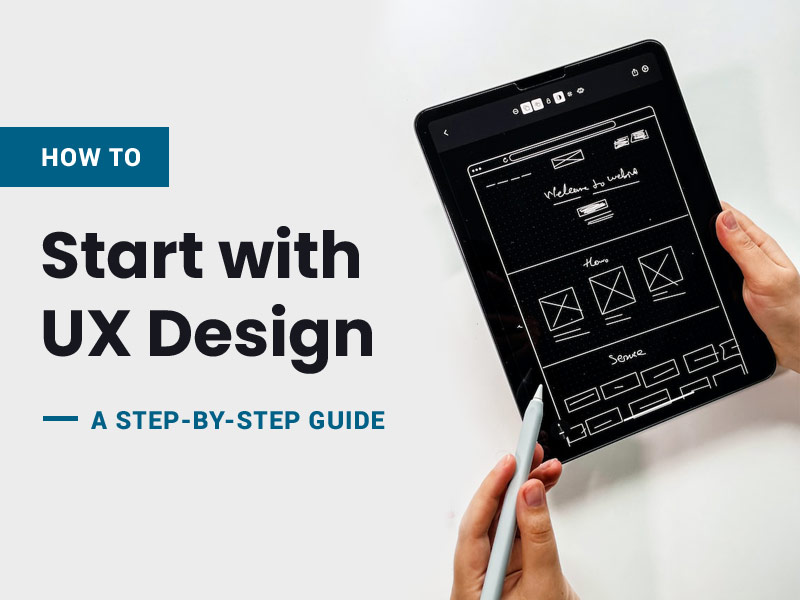We have entered the modern era where everything we see around us, more or less, is correlated to technology. Every appliance we use, the gadgets we interact with, the cars we drive, the homes we stay in are connected by contemporary technology.
To create an interactive and seamless connected experience, a holistic approach to the design is needed.
There are mainly three ways people tend to create a UX design for the connected experience.
They are as follows:
- Conventional design for embedded devices.
- Interactive design for smartphones and web apps.
- Explicit design for interactive devices like voice control and gesture control.

Image Credit: Canva
Although this way of creating a design might work, we need to understand that creating a profound experience for these connected products, needs a more intuitive approach than just beautifying the screens.
Bubbling up to shape the physical and design experience, the UX design of connected experience faces a particular challenge.
With time, our technology is maturing and getting more and more sophisticated. The need of creating an innovative and intuitive connected experience is significantly rising. In this article, we will discuss how UX design companies are working on it.

Image Credit: Canva
To create successful products, we need to incorporate these principles while designing UX for the connected experiences:
Focus on your Users:
The fundamental of creating a seamless UX design is to make the end-users happy and satisfied. Always cater to their needs, expectations, motivations, and problems while creating a design. Understanding the basic requirements of your users will help you to gain a persona throughout your design cycle.
UX design companies focus their services explicitly towards understanding the users and their needs by extensive user research such as interviews, and contextual inquiry.
Focus on the Business:
To create an efficient Connected Experience, your UX design solution should be aligned with the goals of your client’s business. A good UX design creates a balance between user goals and the business. Identify the problems your end-users face and work on finding a solution to that problem. This approach will improve the efficiency of your design and make it more appealing to your audience.
Data-informed Design:
Most UX design services for Connected Experiences are dependent on data sources to efficiently make the design decisions. To improve efficiency, you need to understand the problem points and design a data-informed solution to help achieve the long-term goal of your client. This can help you in generating higher user engagement and retention.
Consistent Design:
To create an intuitive and engaging UX design for Connected Experiences, you need to work on delivering ubiquitous experiences. The top UX design agencies in the world prefer designers that can build a consistent experience for the users. Consistency in design language helps the product and business to have a good recall in the minds of customers. The consistency and quality of experience set the benchmark for users’ expectations from the business, increasing their trust in the brand.
There are hundreds of principles that a UX designer needs to adapt to build a seamless UX design solution. Hopefully, this article has helped you with ample knowledge to design connected products.






